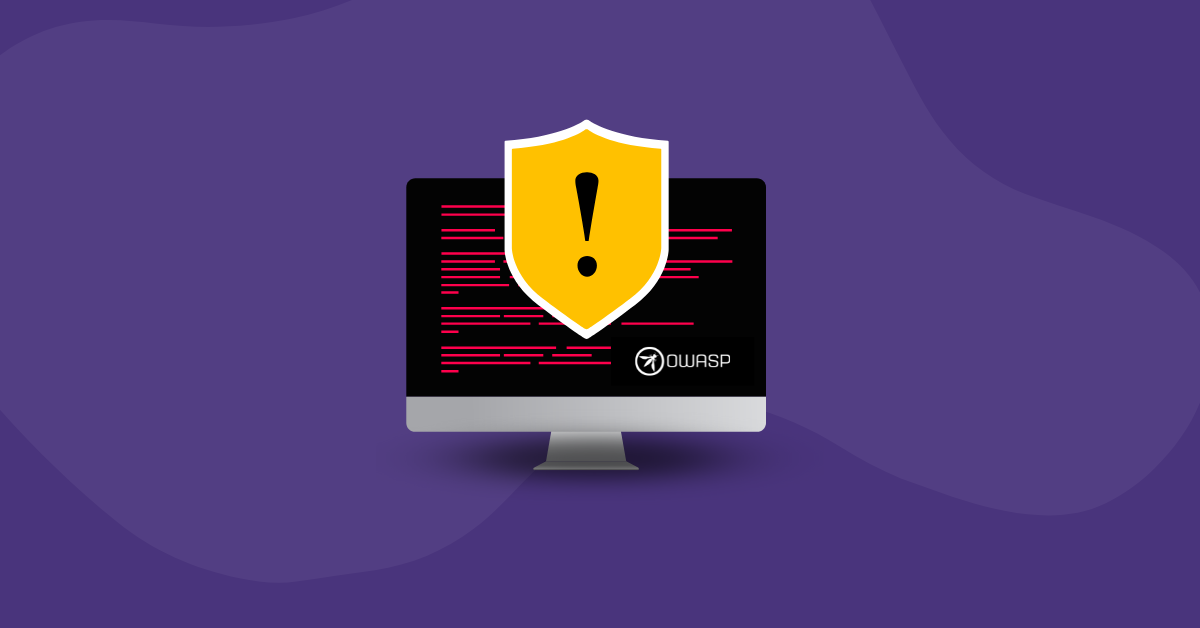

The OWASP Top 10 is a great starting point for mitigating code security risks. However, businesses that want to be prepared for modern cyber threats must go beyond a checklist of typical threat vectors. Incorporating security at every touchpoint allows developers to create hardened apps that withstand even the most sophisticated attacks.
The OWASP Top 10 can foster a “checklist” approach to security, where development teams focus on reacting to potential security threats. Instead, teams should develop a proactive and comprehensive strategy integrating security throughout the entire software development lifecycle (SDLC). Security shouldn’t be approached as a one-time task or a final step before deployment. It should be an integral part of every phase in the creation and maintenance of software.
A holistic approach addresses security considerations right from the planning stages. Development teams should define security requirements alongside functionality and performance criteria. Early integration guarantees that security isn’t an afterthought but a fundamental aspect of the application design.
This left-shift mindset integrates security checks and practices early in the SDLC. Static application security testing (SAST) and software composition analysis (SCA) can identify vulnerabilities and insecure dependencies at the coding and build stages. Using this approach, developers can catch and mitigate security issues before they become embedded in the software.
As part of a security-first culture, development teams should incorporate DevSecOps practices within the development process. DevSecOps creates an environment where security and development are intertwined from the outset. It uses security checks and balances to facilitate continuous integration and deployment (CI/CD) pipelines, making security a part of the regular development and deployment process.
Development teams aren’t the only ones who should keep security in mind. Companies can create a culture within the organization through regular training and awareness for all employees, not just those in technical roles. Developers, project managers, and stakeholders must understand the importance of security practices and their role in maintaining them.
Secure coding practices keep security in mind from the beginning of development so teams will introduce fewer vulnerabilities and mitigate the potential impacts of security flaws. Developers can protect applications against common threats and reduce the risk of exploitation by attackers by making the following elements a standard part of the development process.
Developers will only know if their code is secure if they test it regularly. Comprehensive security testing identifies vulnerabilities, flaws, and weaknesses in applications and systems before attackers can exploit them. A robust testing strategy should include automated and manual testing methods and regular and iterative testing.
SAST analyzes application source code, byte code, or binaries to find security vulnerabilities early in the development process. Tools such as Kiuwan SAST scan source code to identify input validation errors, insecure dependencies, and vulnerabilities that lead to security breaches.
DAST tools test applications from the outside, simulating an attack. While running, they interact with an application to uncover exploitable vulnerabilities during execution. DAST can identify problems like runtime injection flaws, XSS, etc.
SCA tools like Kiuwan’s Insights analyze an application’s dependencies and libraries for known vulnerabilities. Since modern applications often rely heavily on open-source components, SCA is a fundamental part of managing security risks in third-party code.
Penetration or pen testing simulates cyberattacks to check for exploitable vulnerabilities. Unlike automated tests, penetration tests are typically performed with e a combination of manual techniques and automated tools to assess the security of an application or system thoroughly.
Threat modeling identifies potential threats and vulnerabilities in an application or system, assesses their likelihood and potential impact, and prioritizes mitigation strategies. By considering security from the early design stages, it promotes more secure systems.
Security experts perform security audits and manual code reviews by examining the codebase and system configuration for security best practices and compliance with established standards and regulations. These reviews can identify vulnerabilities that automated tools might overlook.
Application security is a multilayered process aimed at a continuously moving target. Kiuwan’s end-to-end application security platform integrates with your development environment to provide comprehensive protection and detailed remediation plans. To learn more and try it yourself, simply request a free trial.


